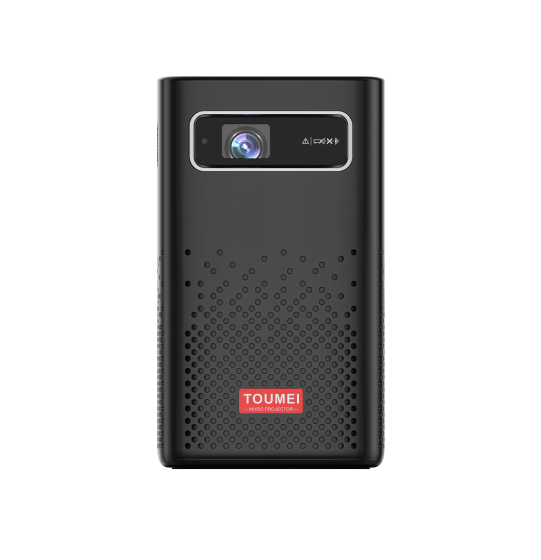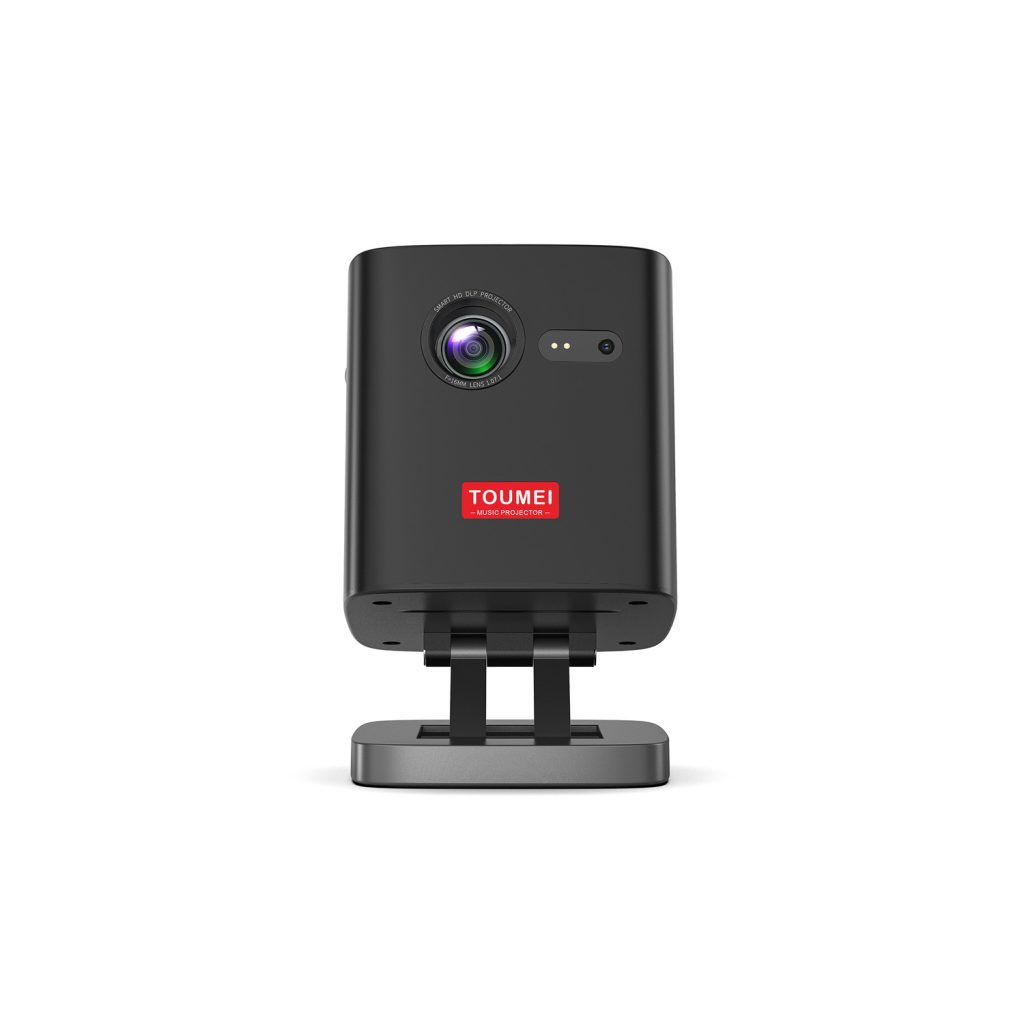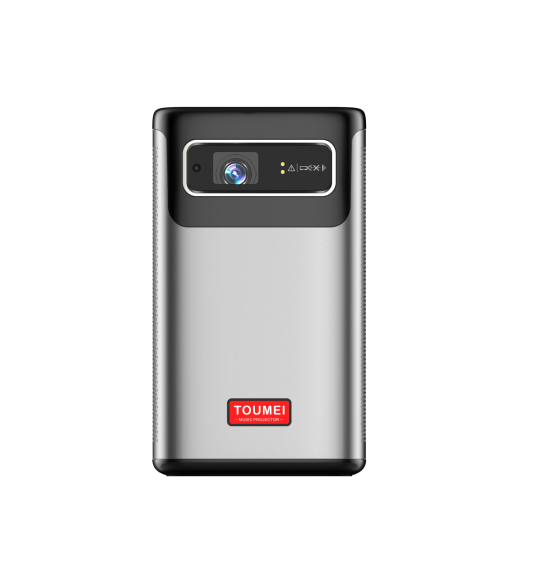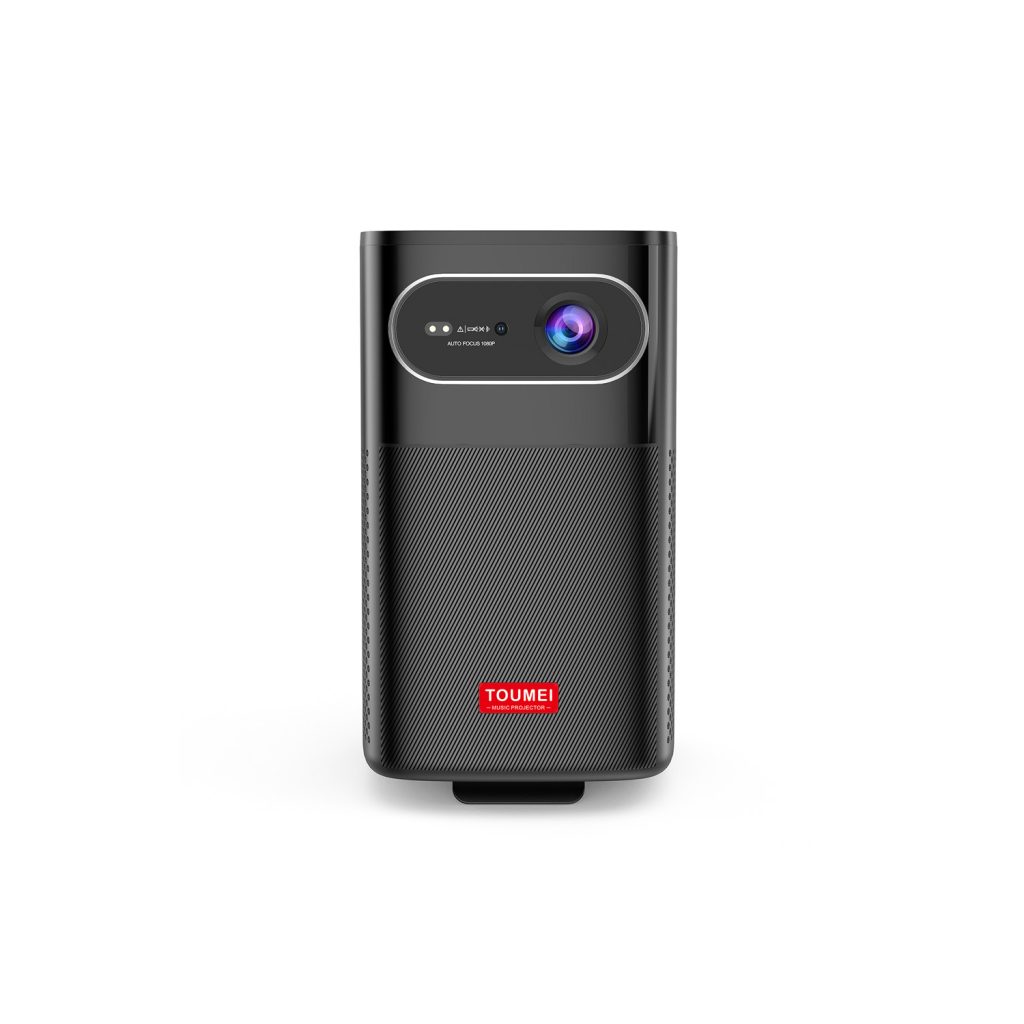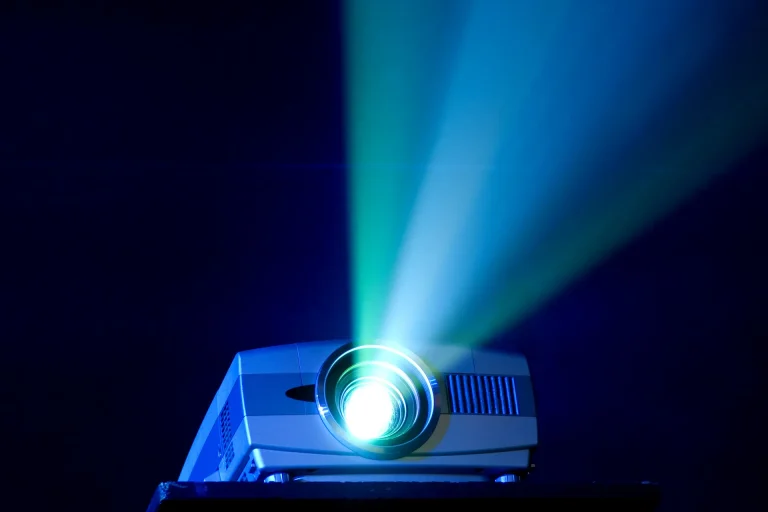Smart projector market sees slowdown, but laser and 4K projectors are on the rise
In mid-2025, during China’s “618” shopping festival, the smart projector market experienced a notable downturn. According to data from RUNTO Technology, unit sales dropped 14.6% year-over-year, totaling 461,000 units across major e-commerce platforms. Revenue followed suit, decreasing by 13.8% to around $114 million USD.
Despite this decline, premium segments like laser projectors and 4K projectors are showing resilience. Laser-based models, including hybrid laser systems, now account for over 20% of all sales, while 4K projectors hold a 15% share. The trend signals that consumers are prioritizing image quality over budget pricing, a shift driving structural change across the industry.
Xiaomi enters the high-end projector market with a $490 RGB laser projector
Xiaomi, best known for dominating the low-cost 1LCD projector segment, is now venturing into the 3-color laser projector space. The new Xiaomi Laser Projector 3, priced at just $490 USD, aims to bring high-end features to mainstream consumers—challenging established brands in the process.
This move could redefine the landscape of the home projector market, especially as more consumers look for a projector under $500 that still delivers performance on par with premium models.
Key specifications of the Xiaomi Laser Projector 3
The Xiaomi Laser Projector 3 includes high-end specs at a mid-range price point:
-
0.47” DMD chip for true 4K support
-
RGB triple laser light source with 110% BT.2020 color gamut
-
1,000 lumens brightness, SGS-certified low blue light
-
MT9667 flagship processor with 3GB RAM and 64GB storage
-
8×8 ToF sensor and AI for fully automated keystone correction and focusing
-
130-degree motorized gimbal design for flexible placement
Compared to other models with similar features that often sell for $700 or more, Xiaomi’s pricing is highly competitive, making it one of the most affordable 3-color laser projectors currently available.
Why is Xiaomi moving beyond 1LCD projectors?
Over the past few years, Xiaomi has led the budget projector category, especially in the sub-$140 price range using 1LCD technology. By Q1 2025, it held over 20% market share in this segment.
So why shift into the premium segment now?
There are two major factors:
-
Rising consumer demand for better image quality has caused the 1LCD category to stagnate
-
RGB laser projector technology has matured and become more affordable for large-scale production
By leveraging its smartphone supply chain and manufacturing efficiency, Xiaomi is replicating a proven strategy: wait for the tech to mature, then scale it quickly and cost-effectively.
This move positions Xiaomi as a tech democratizer rather than an innovator—bringing high-performance features to the masses at lower prices.
What this means for the smart projector industry
Xiaomi’s entry into RGB laser projectors is a major signal that the category is shifting. Competitors who rely on technical price premiums will face serious pressure, especially in the mid-range projector segment.
When a consumer can get a cheap 4K laser projector with excellent specs for under $500, the value proposition of higher-priced alternatives becomes harder to justify.
This may lead to two possible outcomes:
-
A price war that compresses profit margins across the board
-
A push toward genuine product innovation and ecosystem differentiation
Additionally, Xiaomi is offering a full suite of smart home projector features that traditional brands may struggle to match—such as HyperOS system integration, NFC screen casting, and seamless device connectivity.
What’s next for the projector market?
Now that the industry is approaching the ceiling of what can be done with image quality and resolution, the next phase of competition will likely focus on:
-
Content ecosystem integration: partnerships with Netflix, YouTube, or Disney+
-
Specialized use cases: such as gaming projectors, outdoor projectors, or portable setups
-
User experience improvements: including spatial awareness, auto-alignment, and voice assistant integration
Search trends already reflect this shift, with terms like “best projector for gaming” or “portable laser projector for outdoors” gaining traction among buyers.
Final thoughts: consumer benefit, industry challenge
Xiaomi’s $490 laser projector is a win for consumers looking for a budget-friendly home theater projector with premium features. However, it also highlights a broader challenge: if brands race to the bottom without continuing to innovate, the entire industry could fall into a low-cost trap.
The future of the smart projector industry depends on companies finding the right balance between price, performance, and innovation. Without continued investment in new technology, the race to the bottom will leave everyone behind.

